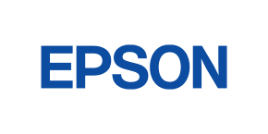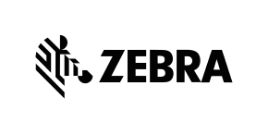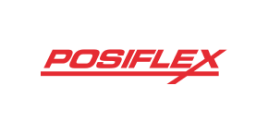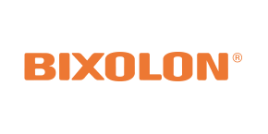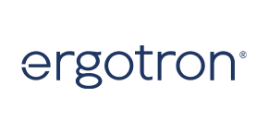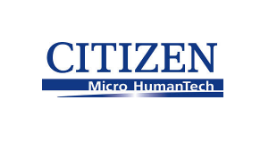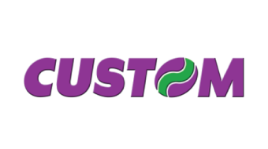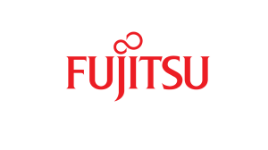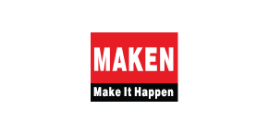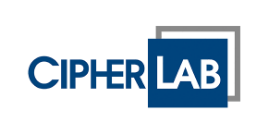Differences in Sticker Materials
Semi-Gloss Stickers:
- Characteristics: Semi-gloss stickers are the most commonly used due to their relatively low cost. They are suitable for general use, such as price tags and product details, especially for fast-moving items.
- Limitations: They should not be used in environments with high moisture or heat above normal temperatures. They are not scratch-resistant, and the ink may fade over time. The stickers can tear easily.
- Appearance: They have a slight gloss and are most commonly used with wax ribbon printing, which is the cheapest option to minimize product costs.
Matte White Stickers:
- Characteristics: Matte white stickers are also popular and similarly priced to semi-gloss stickers. They are suitable for general use as well.
- Limitations: They have no gloss and are not scratch-resistant.
- Appearance: These stickers are entirely matte and are also commonly used with wax ribbon printing.
Gloss White Stickers (Art Gloss):
- Characteristics: These stickers have a glossy finish with high clarity and attractiveness. They can withstand slightly moist environments and are suitable for products requiring a visually appealing label.
- Appearance: They have a glossy finish and can be used with both wax and wax/resin ribbons, depending on the customer's needs.
PP Matte Stickers (Upo):
- Characteristics: Made from plastic, these stickers are highly durable, tear-resistant, and waterproof. They come in both glossy and matte finishes.
- Limitations: They are relatively expensive due to the non-paper materials used.
- Usage: Suitable for the food industry, cold storage, and asset management. They are commonly used with wax/resin and resin ribbons, depending on customer requirements.
Direct Thermal Stickers:
- Characteristics: These are heat-sensitive stickers that do not require ribbon ink for printing. The paper contains chemicals that change color when exposed to heat.
- Limitations: They are more expensive than regular stickers because they do not need ribbon ink. They are suitable for short-term use due to their susceptibility to heat and UV light.
- Usage: Commonly used for prescription bags and various consumable goods.
Foil Stickers:
- Characteristics: Thick, gray stickers that are relatively expensive, suitable for specific uses.
- Usage: Ideal for durable applications such as asset management and engine industry, where long-lasting and high heat resistance is required. They are used with resin ribbon printing due to its scratch resistance.
Matte White Stickers (TTR Transfer):
- Characteristics: These stickers have a special smooth, matte finish and are aesthetically pleasing.
- Usage: Suitable for pre-printed stickers or those requiring high precision and clarity. They are used with both wax and wax/resin ribbons, depending on the customer's needs.
Clear PVC Stickers:
- Characteristics: Made from clear plastic, these stickers are highly durable, tear-resistant, and waterproof.
- Limitations: They are relatively expensive due to the non-paper materials used.
- Usage: Ideal for cosmetics and luxury product labels. They are used with wax/resin and resin ribbons, depending on the customer's needs.
These materials are chosen based on specific needs and environments, ensuring the best performance and durability for various applications.



































